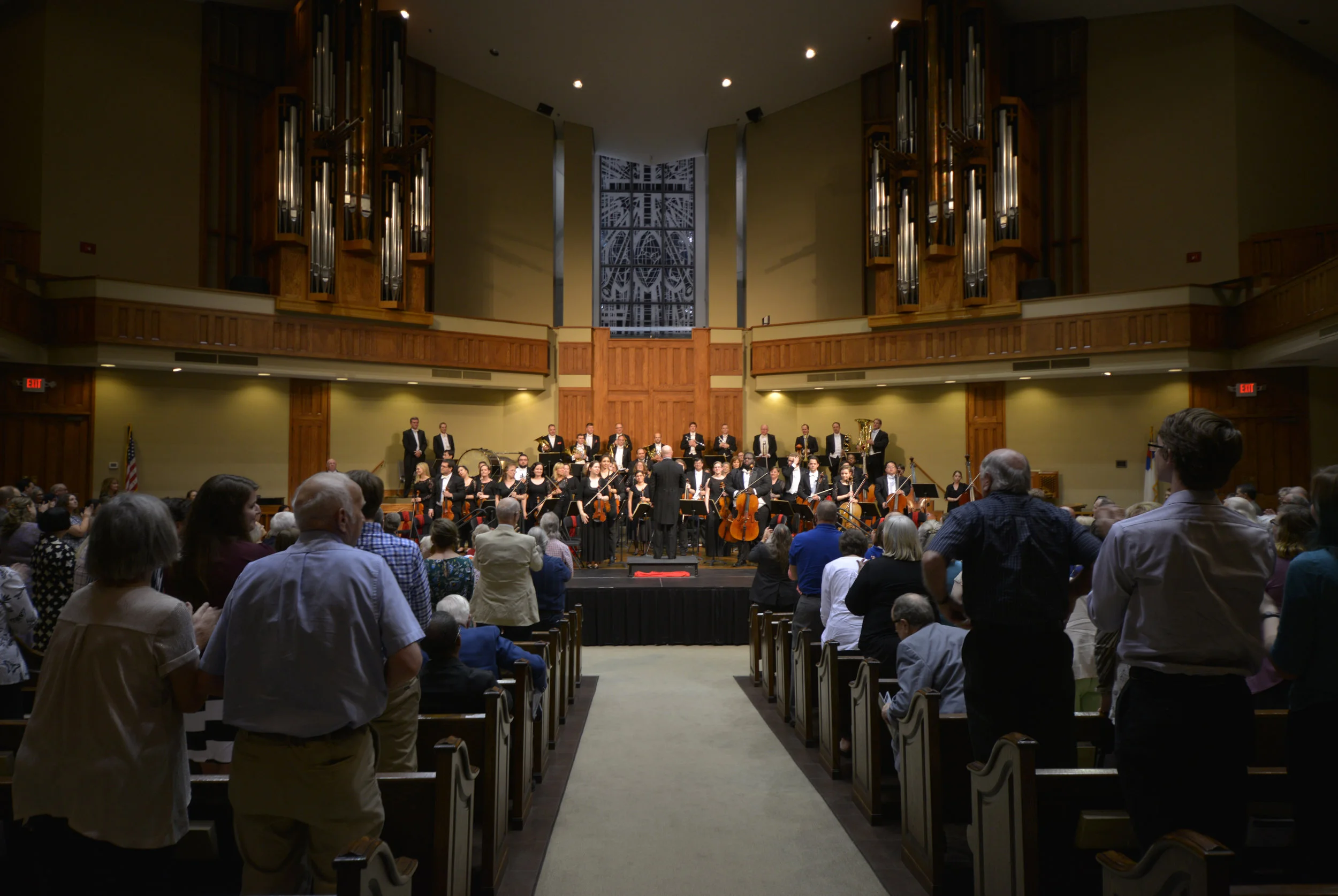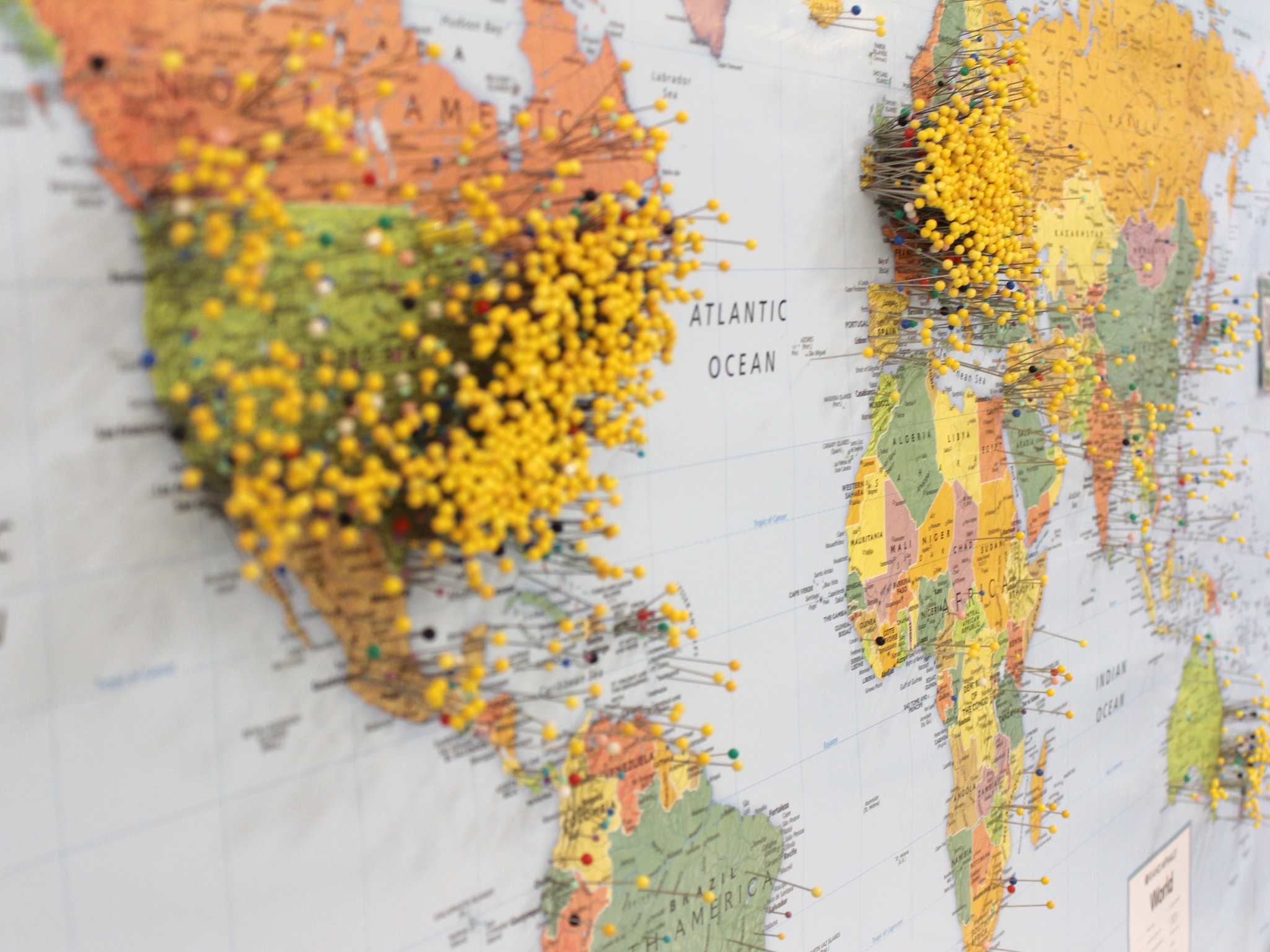Welcome to Hicksville
This piece was originally published in the Winter 2016-2017 issue of Our Jackson Home: The Magazine.
In the 1940s my grandmother’s boss proposed to her, which she promptly refused. It must have made her daily life incredibly awkward, particularly since she didn’t have a car and her boss frequently picked her up to take her to work. She lived near the neighborhood now known as LANA in midtown. It’s a part of Jackson that many remember as Hicksville.
The proposal most likely happened only a few yards from where I get my prescriptions filled.
Walgreens and CVS dominate the intersection of North Highland Avenue and Campbell Street now, but in the 1940s when my grandmother went out for dinner as a young woman, that intersection was as far north as Jackson went.
Hicksville was named after W.A. Hicks, a founding member of the area. He opened a store at the intersection of Campbell and North Highland, and operated a tiny post office in the back. Over time, the area around his store became known as Hicksville.
Hicksville is precious to me because when I drive through it I am flooded with memories that I wasn’t even there to see. Over and over, Hicksville comes up in the stories my family tells.
As far as most people are concerned, Hicksville doesn’t exist. Tell that to Charlie Havner, whose custom frame shop has been in Hicksville for decades. I can’t help but tell people the stories that I’ve heard because those stories make Hicksville real. It may just be an intersection of oversized stores fighting to sell Ibuprofen now, but it wasn’t then.
One such story is centered around a certain electronics shop in Hicksville. My husband’s grandfather, Blake Williams, was a young man in the 1940s who loved tinkering and building things. Blake and his wife, Mary, ambitiously opened their store in Hicksville in 1951.
In 1954, their store, the Blake Williams Electric Company, sold the first model color television in the United States. A crowd gathered around the store’s front window to get a glimpse of the Ed Sullivan show in color on a screen the size of an iPad. It was priced at over $1,200.
Hicksville, Tennessee, was hardly the place that you would expect to find the latest technology of the day, but Blake Williams made it happen.
My grandmother told me a story from the 1950s. My grandfather had asked her to go on a date at the most popular teenage dating destination in town: the Spudnut in Hicksville. They ordered from the car and the waitress brought it out to them as they socialized with other teenagers. They married and eventually moved to Campbell Street just down the road from Hicksville.
In 1959 my father was born.
Who knows how many people fell in love at the Spudnut over the years?
By the 1960s or earlier, things started to change. Store owners in Hicksville wanted to dissociate from the Hicksville name out of fear of being referred to as “hicks.” Business owners signed a petition to rename the area. Since many travelers used Highway 45 to travel from New Orleans to Chicago, locals chose to name the area after a well-known, affluent neighborhood in Chicago: Highland Park.
Hicksville wasn’t what it used to be, though. Sure, the streets were busy, and the stores were full. Jackson was growing, but Hicksville was losing its identity.
In the late ’60s, the Old Hickory Mall was built, and shopping in Jackson was no longer a downtown activity. Hicksville became less of a destination and simply another intersection on the way to shopping in North Jackson. The stretch of Highway 45 through Jackson became known as Highland Avenue.
My parents both grew up near Hicksville. When they started dating, I think my dad still had braces.
In the late 1970s, my father took my mother to eat at The Hut, a popular Hicksville restaurant with three dancing pigs on the sign. Located at the corner of North Highland Avenue and Campbell Street, it sat where Walgreens is currently located. It boasted having the best barbecue in the South.
By 1979, North Highland was undergoing a major transformation as the city broadened its main highway from a two-lane to a four-lane to accommodate the droves of cars traveling from the downtown area to North Jackson.
In June of that same year, my mother-in-law was nine months pregnant and experiencing severe cravings for a peanut buster parfait from the Dairy Queen in Hicksville. My father-in-law drove her through the construction on North Highland, down the gravel-ridden road, bumping along to acquire the much-needed treat. As the car jolted, her water broke in the middle of Hicksville. A few hours later, my husband was born.
I remember many times going to Hicksville, but I never knew its name. My mother would load me and my sisters into our minivan, and we drove across town to the small, but popular, Highland Park Grocery and Bakery at the corner of North Highland and Campbell. They had the best donuts and birthday cakes. As far as I know, it was the best bakery in Jackson at the time. Later we would go play on the shady playground at Highland Park, now known as Conger Park.
It wasn’t until I had moved away and come back to Jackson that I learned about the history of Hicksville, though many of my own stories had taken place there.
The stories made me see the old buildings along North Highland differently.
In 2012, my husband and I loaded up the mower and other lawn equipment in the back of his truck. The kids, ages six and four, were in the back seat. We arrived at the building in Hicksville that his grandfather had built so many years before. It had housed the Book Rack for the past thirty years. Along the edge of the building, the towering trees showered us with dry leaves. The kids helped me to load armfuls of them into trash bags while my husband mowed.
The kids peeked into the windows of one of the stores. Their fingers pressed against the glass that their great-grandfather had looked out of to watch the crowds line up to see the first color television. The sign on the building said “Hicksville Barber Shop,” the last remnant of a place that few remember. It’s now called the American Male Barber Shop, but if you look closely at the sign you may still see the previous name.
The stories of a place infuse color and life into it; without them, places are just roads, buildings, and signs. Hicksville was a place that many people loved. It’s where people laughed, made money, and fell in love. Without the stories, the name “Hicksville” must look like a hokey, country name poking fun at its own citizens. But now you know otherwise.
This is not a comprehensive history but rather a compilation of some of the ways my family was impacted by that area. Several books and articles have been written by numerous authors about Hicksville, such as Hicksville, USA, available at the Jackson-Madison County Library and More Hicksville Memories: The Last Hurrah by Charlotte Wilson and Marilyn Ferrell, available for purchase at Havner’s Frame Shoppe.
Proud to be a local Jacksonian, Ginger Williams tried to move away in college, but Jackson has that magnetic quality that pulls you back. As a child she lived in the trees, read lots of books, and wrote stories, and not much has changed. Ginger is a writer, a journalist, a volunteer, a homeschool mom, and a marketing associate for Reed Marketing. Her husband Matt and sons Blake and Ethan love living in Jackson and enjoying ice cream at the Old Country Store, soccer at North Park, and being only ten minutes from everything so that they are almost never late. She loves to tell the stories of Jackson so that others will become endeared to the city that she loves.




































